Phuket, with its stunning beaches, crystal-clear waters, and vibrant cultural scene, is a dream destination for many homebuyers and property investors. But as enticing as the island may seem, there’s one factor that prospective buyers often overlook during their decision-making process: PM 2.5 pollution.
PM 2.5 refers to fine particulate matter in the air that poses health risks when present in high concentrations. Although Phuket currently enjoys generally good air quality, it isn’t immune to seasonal pollution, particularly during the annual “haze season.” Understanding these air quality dynamics is crucial for anyone considering buying property on the island.
The following guide provides essential information about PM 2.5 pollution in Phuket including present air quality data and seasonal patterns alongside health risks and pollution reduction methods. The guide will provide you with a comprehensive plan to handle air quality issues before you buy property in this tropical paradise.
What is PM 2.5 and Why Does it Matter?
PM 2.5 consists of particulate matter that is 2.5 micrometers or smaller in diameter, about 30 times thinner than a human hair. These particles can penetrate deep into the respiratory system, potentially causing long-term health issues. PM 2.5 is considered one of the most dangerous pollutants due to its ability to bypass the body’s natural defenses and enter the bloodstream.
Air quality is usually assessed using the Air Quality Index (AQI), which categorizes levels of pollution on a scale from “Good” (0–50) to “Hazardous” (300+). The AQI reflects the concentration of pollutants like PM 2.5, PM 10, ozone, carbon monoxide, nitrogen dioxide, and sulfur dioxide. For PM 2.5 specifically, Thailand’s national standards set the annual limit at 25 µg/m³ and the short-term 24-hour limit at 50 µg/m³.
Homebuyers need these benchmarks to understand the safety level of an area because they help determine the risk factors for long-term residence especially for vulnerable groups including children, elderly people and those with health issues.
Air Quality in Phuket Today
At the time of writing, Phuket’s air quality is classified as “Good” with an AQI of 38 and PM 2.5 levels at 7 µg/m³. This is well below the limits set by Thailand’s national standards, so there’s no immediate cause for concern for day-to-day living. Other pollutants such as PM 10 (23 µg/m³), carbon monoxide, sulfur dioxide, and ozone are also within safe limits.
However, it’s important to note that air quality vastly differs across the island. Some areas boast exceptionally clean air, such as Ban Ratsada (AQI 4) and Thalang (AQI 11), compared to Phuket City (AQI 45), which sees the highest pollution levels. When evaluating real estate, homebuyers should take these localized differences into account.
Additionally, while comparisons with other Thai cities show Phuket’s air quality is significantly better—for example, Bangkok’s AQI is 66 and Chiang Mai’s is 75 during this time period—the island is not completely free of pollution challenges.
Air Quality Trends and Seasonal Variations in Phuket
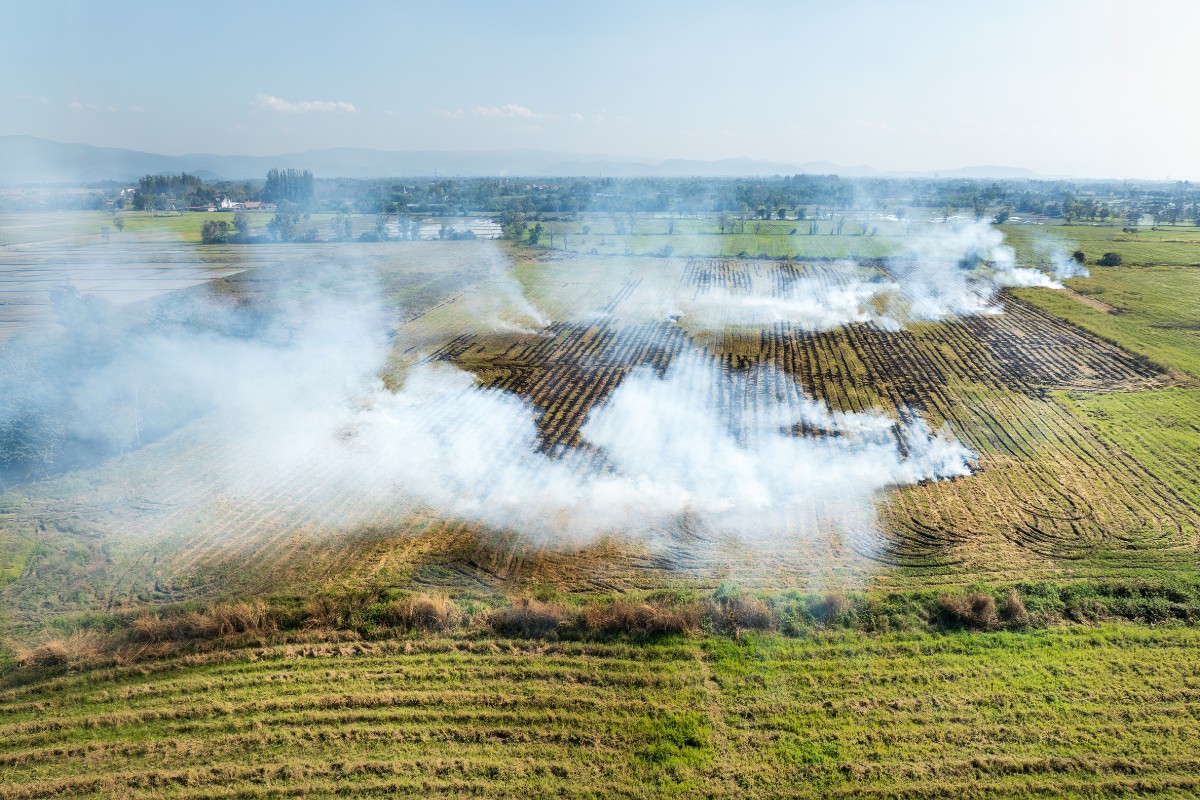
Phuket enjoys relatively clean air for most of the year, but the “haze season” presents an exceptional challenge. The haze season, mostly occurring between February and April, is primarily caused by agricultural burning in northern Thailand and Southeast Asia. These pollutants are carried southwards by seasonal winds, exacerbated by weak monsoons that fail to disperse them efficiently.
Seasonal weather patterns also affect air quality. Certain months, like April, are historically more polluted; for example, April 2023 saw AQI levels spike to 87, categorized as “Moderate.” Conversely, wet months such as August often bring an AQI as low as 36, categorized as “Good.”
Long-term trends indicate a slight but measurable increase in air pollution over the years, with AQI levels rising by around 4% from 2020 to 2025. While this upward trajectory is moderate, it’s a reminder that future deterioration could be possible if stricter air quality measures aren’t enforced. This concern is particularly relevant for homebuyers considering long-term investments in the area.
Health Implications of PM 2.5 Exposure
The health impacts of PM 2.5 pollution appear at any level above zero. People who encounter PM 2.5 pollution for brief periods often experience symptoms affecting their eyes, nose and throat alongside coughing and sneezing and shortness of breath. Those with asthma or other respiratory diseases might have their conditions worsen when exposed to PM 2.5 pollution.
Long-term exposure poses more serious risks, including reduced lung function, chronic respiratory diseases, cardiovascular issues, and even lung cancer. Vulnerable populations like children, senior citizens, and pregnant women are especially susceptible. Keep these risks in mind when evaluating property locations or planning to relocate family members to Phuket.
Air Quality Monitoring Resources in Phuket
Phuket has a network of air quality monitoring stations that measure PM 2.5 levels in real-time. Tools such as AirVisual and regional AQI reports allow residents to access up-to-date data on pollution levels and trends.
These tools enable homebuyers to understand both the overall air quality of their target area and its seasonal variations. Using these resources proactively enables users to locate neighborhoods with stable air quality that meets acceptable standards.
How to Address PM 2.5 Concerns When Buying Property
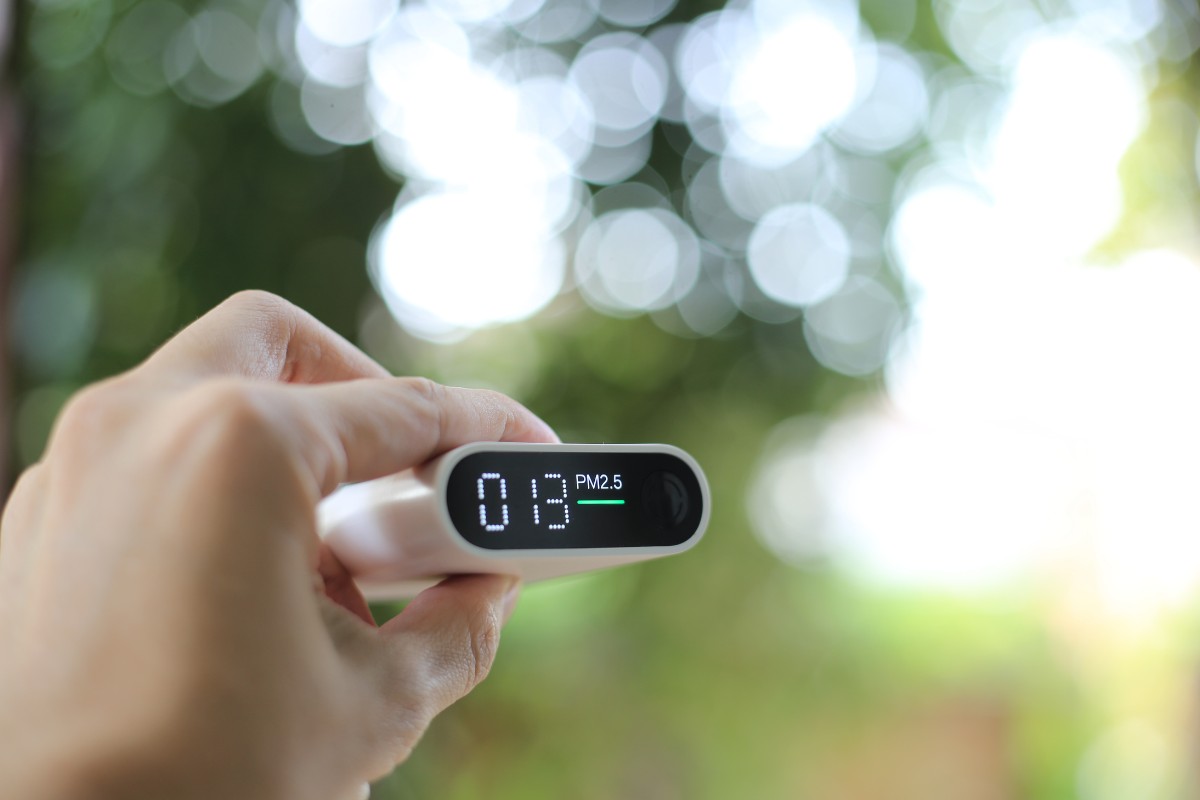
Look for Areas with Lower AQI
Certain areas in Phuket consistently have better air quality than others. For instance, Ban Ratsada, Thalang, and Ban Ko Kaeo all currently enjoy AQIs below 20, making them excellent options for health-conscious buyers.
Invest in Indoor Air Quality
For homeowners concerned about outdoor pollution, mitigating risks indoors is crucial. Homes equipped with HEPA air purifiers can remove up to 99.97% of fine particulate matter. Proper sealing around windows and doors can also keep pollutants from seeping indoors.
Evaluate Property Design Features
Properties situated at elevated positions together with coastal locations experience improved air circulation which minimizes contact with pollutants found at ground level. The ability to control indoor air quality depends on both the condition of HVAC systems and the sophistication of ventilation design.
Balance Air Quality with Other Factors
Air quality remains significant but only among various elements that affect property value together with living standards. Remember to assess air quality while sorting through other factors which include access to schools, amenities and transportation and price and future objectives.
Monitor Seasonal Trends
When buying a property for seasonal use instead of permanent residence you should plan your visits during months with improved air quality (such as rainy season).
Why Phuket Remains a Viable Option
Despite these air quality challenges, Phuket remains a highly desirable location for homebuyers and investors. Its generally moderate air quality, compared to other Thai cities like Bangkok and Chiang Mai, gives it a relative advantage. With proper awareness and a focus on mitigation strategies, savvy buyers can comfortably enjoy everything Phuket has to offer while minimizing health risks.
By understanding the impact of PM 2.5 pollution and taking smart steps to minimize exposure, homebuyers can make informed decisions when choosing Phuket property. Striking this balance allows you to enjoy Phuket’s stunning surroundings while protecting your health and peace of mind.
What PM 2.5 Means for Property Buyers in Phuket
While Phuket enjoys some of the cleanest air in Southeast Asia, understanding PM 2.5 levels is important when choosing the right location for your new home. Coastal areas such as Rawai, Nai Harn, Kata, and Bang Tao benefit from strong sea breezes and lower pollution levels, making them ideal for buyers seeking a healthy lifestyle. Whether you’re investing in a sea view villa or buying a condo for retirement, knowing the environmental conditions adds another layer of confidence to your property purchase.
Looking for a Healthy, Clean-Air Location in Phuket?
At Thai Residential, we help you find the perfect property — not just based on price and features, but also location, lifestyle, and long-term livability. From low-pollution beachfront areas to quiet hillside communities, we’ll guide you to the best real estate options for your needs.
Get in Touch | Call Now On: +66 9484 11918
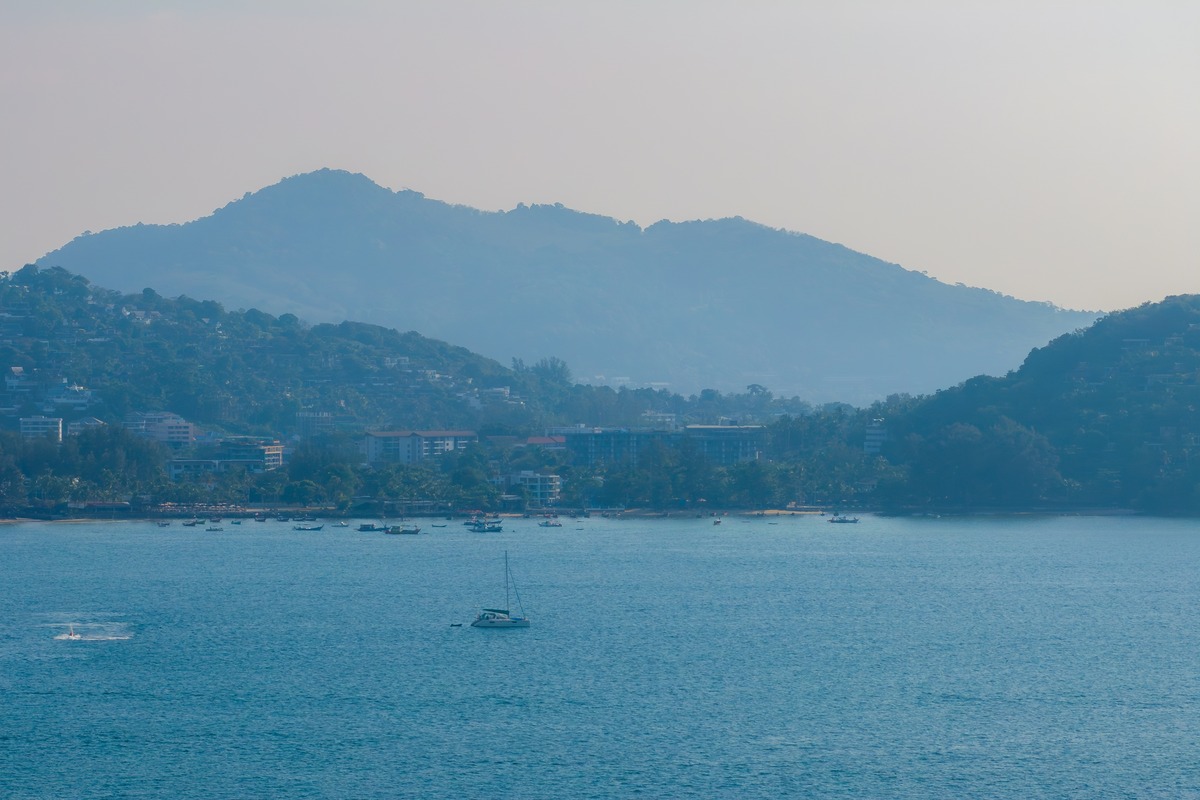
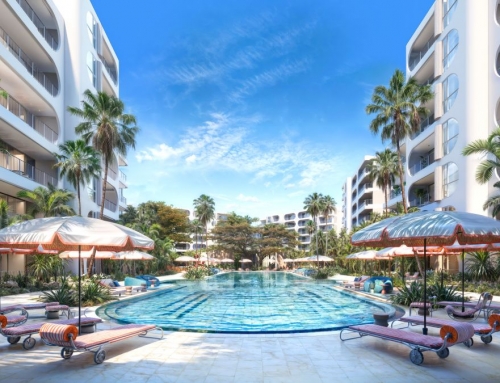
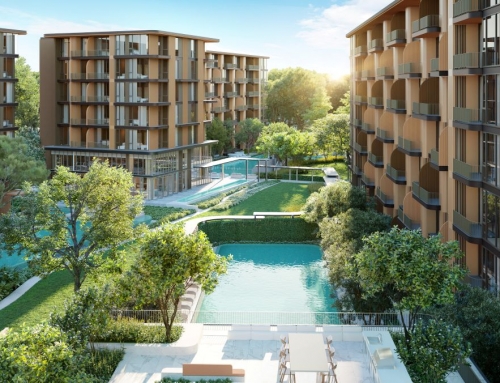
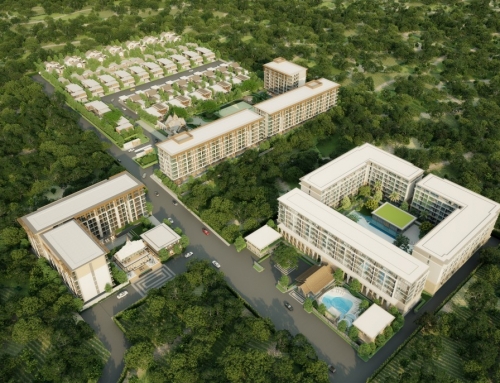

Social Contact